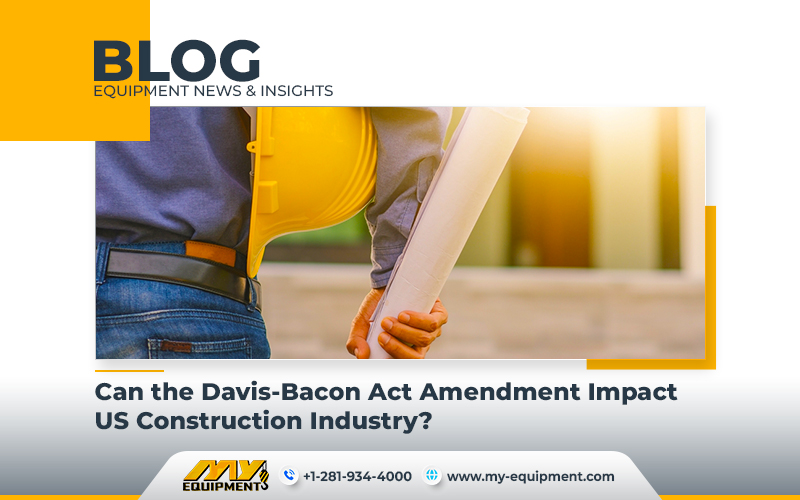The Davis-Bacon Act, a century-old legislative landmark within the construction industry, has kind of always been a subject of heated debates and discussions. This regulation was introduced during the Great Depression, I the attempt to ensure fair wages for laborers involved in federally funded construction projects. But, the recent comprehensive review, marking the first in nearly four decades, has evoked apprehension within the building sector. Particularly in light of the really big number of federally supported projects that were triggered by the CHIPS Act and the Infrastructure Investment and Jobs Act.
Intended Benefits of the Act
The Act was initially designed to protect workers by establishing local prevailing wage rates. This way preventing the contractors from bidding lower than these standards. The recent amendments, focusing on wage adjustments every three years, are trying to ensure equitable pay for over a million construction workers and maintain a level playing field based on skill and quality, rather than just cost. Moreover, by promoting local spending and attracting experienced labor, the legislation is thought of as something that can make the quality of infrastructure projects better.
Potential Drawbacks and Concerns
While ensuring fair wages, critics argue that the Act might contribute to much higher construction costs for federally funded projects. The administrative burden of complying with complex data, maintaining track of prevailing wages, and the potential exclusion of smaller companies due to compliance challenges have sparked concern among industry experts. The instances of prevailing wages exceeding actual regional earnings and possible disparities have also raised some type of doubts about the Act’s effectiveness.
The final rule prompted mixed reactions, with advocates and critics presenting differing point of views. Associated Builders and Contractors (ABC) voiced concerns over potential adverse impacts on the small firms. The Associated General Contractors (AGC) is preparing to file a lawsuit against the Department of Labor, alleging regulatory overreach.
The overall success of the recent amendments may be somewhere in between the opposing views. Stakeholders and industry leaders acknowledge that the Act has some benefits but advocate for better strategies to minimize the drawbacks. There are a few that believe there should be regular updates and support for smaller firms. Some believe a complete repeal might serve the industry and nation better.


 1400 Broadfield Blvd, Houston, TX 77084,
USA.
1400 Broadfield Blvd, Houston, TX 77084,
USA. omer@my-equipment.com
omer@my-equipment.com